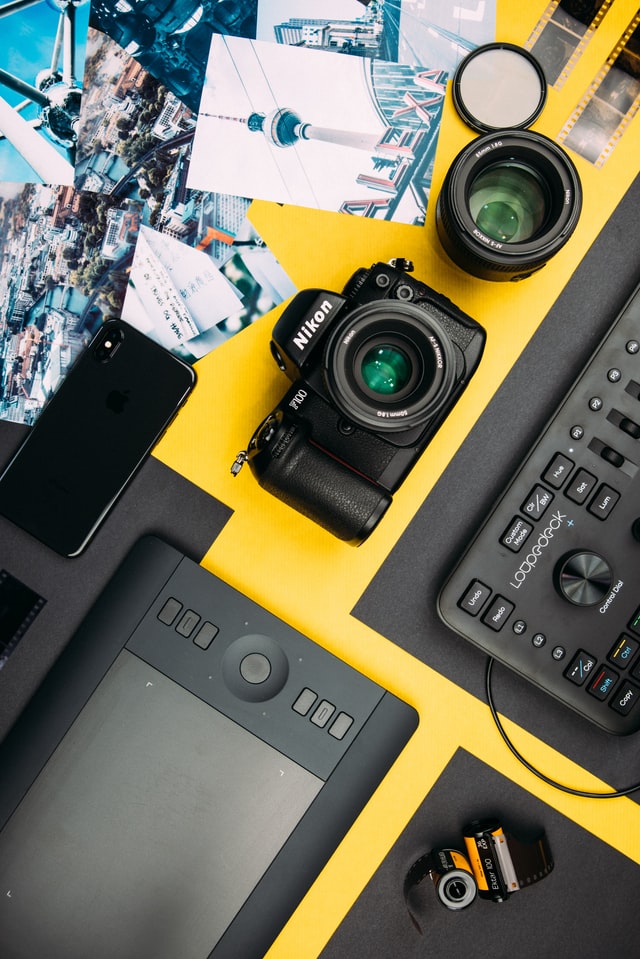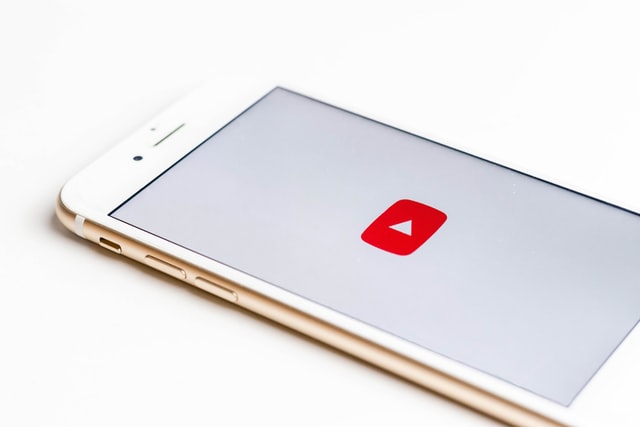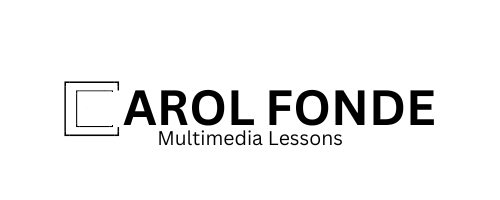What Is Multi-Media: The 4 Different Components
According to the multimedia concept, resources on the internet or even in professional meetings include several communication channels in order to link the source and destination, visit casinofrancaisonline.co. A multimedia system, as every multimedia developer knows, comprises of at least two, if not all, of the essential modes of communication. The different components of multimedia include the following;
Text
Text takes readers back to the earliest forms of the internet, when it was used to convey written communications back and forth between researchers. Actually, it goes back much longer, since almost every workplace message ever written has been largely text with a smidgeon of other media kinds tossed in. Text is still the most common means to deliver information, however it is increasingly being used to supplement it. Text is still the most common means to communicate information, but it is also used to supplement other kinds of communication, including a text description of an image.
Pictures and Graphics
Graphics are possibly the oldest kind of media, dating back to ancient drawings on cave walls discovered in numerous sites throughout the world. Throughout the 1400s, Gutenberg’s printing press permitted the wide circulation of multimedia works comprising both text and images, like online casino games. Because of the rise of electronic communications, traditional text-only modes of communication may now be improved. Because to the advancement of electronic communications, earlier text-only modes of communication may now be supplemented by photos and visuals. Small pictures, such thumbnails or icons, are frequently used as a visual “entry point” to bigger images or more thorough information.

Audios
By incorporating audio files, you may add sound to any website or presentation, from a melodic background to a spoken explanation. Also, with the advent of technology digital cameras, which are primarily image-based technologies, are now designed to record audio as well. Most critical features are compressed, which decreases file size while not reducing sound quality much.

Videos
These happen to be everyone’s favourite at this point in time. Video displays dynamic visuals and often mixes visuals and sound to provide an engaging multimedia experience. In addition, text may be included in videos, either as captions of the spoken words or as writing in an image, as in a PowerPoint slide. Although video files are among the most memory-intensive multimedia applications, smart streaming technologies make their use feasible.

Memes and Gifs
Animated images fall somewhere between static pictures and video. GIFs, which is an acronym for graphic image files, are short files that display a single picture or a series of a few pictures quickly to give the illusion of animation. These are common features on different social media platforms and they come in different fun and interesting forms as well.





